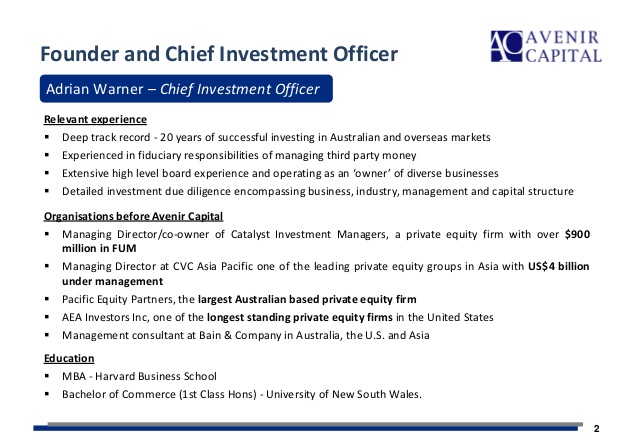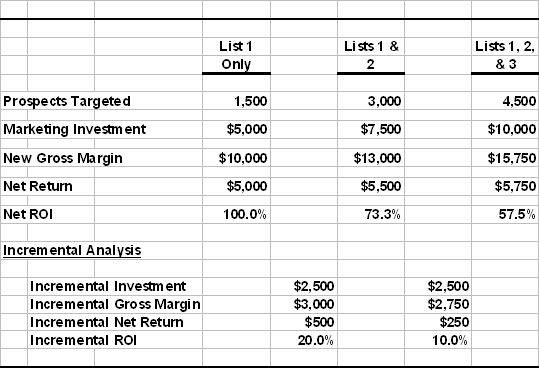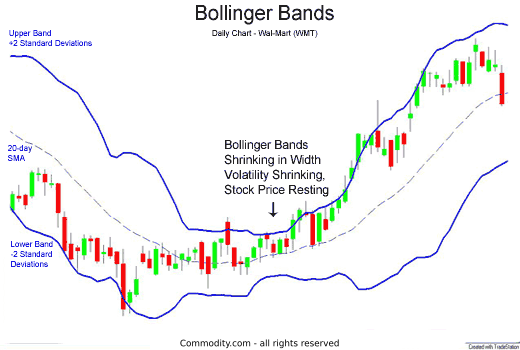
Working capital is also a measure of a company’s operational efficiency and short-term financial health. If a company has substantial positive NWC, then it could have the potential to invest in expansion and grow the company. If a company’s current assets do not exceed its current liabilities, then it may have trouble growing or paying back creditors. Working capital is the difference between a company’s current assets and current liabilities. A negative working capital calculation means the current assets, if liquidated, would not cover all the current liabilities.

In other words, it is the measure of the liquidity of a business and its ability to meet short-term expenses. Since the growth in operating liabilities is outpacing the growth in operating assets, we’d reasonably expect the change in NWC to be positive. For instance, if NWC is negative due to the efficient collection of receivables from customers that paid on credit, quick inventory turnover, or the delay of supplier/vendor payments, that could be a positive sign. The screenshot below is of Apple’s cash flow statement, where the highlighted rows capture the change in Apple’s working capital assets and working capital liabilities. The company’s cash flow will increase not because of Working Capital, but because the company earns profits on the sale of these products.
Working Capital Formula
On the same line, Negative working capital does not mean that it is bad. It can be the case that the company has purchased something to expand its business. But if it is negative for a long time, it can imply that a company is in a difficult position. Companies can optimize the use of working capital with a working capital management strategy.
Third-party influence may soon shake foundation of college football impacting conferences, programs – CBS Sports
Third-party influence may soon shake foundation of college football impacting conferences, programs.
Posted: Wed, 02 Aug 2023 16:01:00 GMT [source]
From there, subtract one working capital figure from the other, giving you the difference between them. Divide that difference by the earlier period’s working capital to calculate this change as a percentage. A company in good financial shape should have sufficient working capital on hand to pay its bills for one year. You can tell if a company has the resources necessary to expand internally or if it will need to turn to a bank or investors to raise additional funds by studying its working capital.
Using financial KPIs can prove very useful to find reliable partners and customers. For example, monitor customer payments by requesting acknowledgement of invoices sent and follow up with reminders when
payment terms have been breached. But be flexible before taking costly legal actions and maintain good customer relationships. This article will go over what a change in net working capital means and why it’s important for any small business owner.
See advice specific to your business
It tells whether the company has how much capital to fund different activities in day to day course of the business. Working capital acts as an aid to warn the company when is almost on the edge to run out of cash. Like when you have $100 and you know that you need to pay a debt of $80 to your friend and $20 for bills. Thus, a change in working capital can be used to find free cash flow to the firm during DCF valuation. Let’s now understand why working capital is important for any business or a firm.
For example, say a company has $100,000 of current assets and $30,000 of current liabilities. This means the company has $70,000 at its disposal in the short term if it needs to raise money for a specific reason. Working capital estimates are derived from the array of assets and liabilities on a corporate balance sheet.
Generally, it is bad if a company’s current liabilities balance exceeds its current asset balance. This means the company does not have enough resources in the short-term to pay off its debts, and it must get creative in finding a way to make sure it can pay its short-term bills on time. A short-period of negative working capital may not be an issue depending on a company’s place in its business life cycle and if it is able to generate cash quickly to pay off debts. Working capital is the amount of current assets that’s left over after subtracting current liabilities. Working capital can be a barometer for a company’s short-term liquidity.
Can Working Capital Be Negative?
The value of working capital can say a lot about the financial health of the company. If the value is positive, it means that the company has enough assets to pay off its liabilities of the company in one year’s period and there is excess money left in hand. If the value is negative, it means that the company doesn’t have enough money to pay its liabilities. Similarly, if the company has a zero value, it means the number of assets were equal to the number of liabilities of the company. As per the liquidity ratios, the current ratio is also known as the Working capital ratio.
- It’s a commonly used measurement to gauge the short-term health of an organization.
- The company has a claim or right to receive the financial benefit, and calculating working capital poses the hypothetical situation of the company liquidating all items below into cash.
- Under sales and cost of goods sold, lay out the relevant balance sheet accounts.
- Whereas long-term assets like machinery will stay with the company for a longer period.
Late payments can force many companies to draw on their working capital to pay the bills in the best of times, and in fact payment delays are the leading cause of insolvencies. When that $100,000 order comes in next month, you can then pay your financing. However, if you did not have enough cash in your business to pay for the raw materials, that $100,000 change in net working capital is going to stay negative until you pay off your financing. The change in NWC comes out to a positive $15mm YoY, which means that the company is retaining more cash within its operations each year. In our hypothetical scenario, we’re looking at a company with the following balance sheet data (Year 0). An increase in the balance of an operating asset represents an outflow of cash – however, an increase in an operating liability represents an inflow of cash (and vice versa).
What is working capital ratio?
The company cannot cover its debts with its current working capital and will likely have difficulty paying back its creditors. Most analysts consider ratios between 1.5 and 2.0 as ideal, indicating a company is making effective use of its assets. An excessively high ratio, usually greater than 2.0 can indicate the company is not making the best use of its assets, allowing excess cash to sit idle. Current liabilities are all liabilities due within 12 months of the balance sheet date, including accounts payable, taxes, wages, and interest owed.

If the situation continues, it may eventually be forced to shut down. A company has positive working capital if it has enough cash, accounts receivable and other liquid assets to cover its short-term obligations, such as accounts payable and short-term debt. When a working capital calculation is negative, this means the company’s current assets are not enough to pay for all of its current liabilities. The company has more short-term debt than it has short-term resources. Negative working capital is an indicator of poor short-term health, low liquidity, and potential problems paying its debt obligations as they become due. Working capital represents a company’s ability to pay its current liabilities with its current assets.
Well, when you calculate the current ratio, you are actually dividing current assets by current liabilities. Whereas in working capital you’re actually deducting the liabilities from current assets. Besides that, in the first case, you’ll get the answer in the form of a ratio.
At the end of 2021, Microsoft (MSFT) reported $174.2 billion of current assets. This included cash, cash equivalents, short-term investments, accounts receivable, inventory, and other current assets. Simply take the company’s total amount of current assets and subtract from that figure its total amount of current liabilities. The result is the amount of working capital that the company has at that point in time. A more stringent liquidity ratio is the quick ratio, which measures the proportion of short-term liquidity as compared to current liabilities.
If a company has enough working capital, it can continue to pay its employees and suppliers and meet other obligations, such as interest payments and taxes, even if it runs into cash flow challenges. Similarly, as discussed above, a change in net working capital is also critical in determining the business’s cash position. Companies need cash to operate, and they might have to face a difficult time if they do not have sufficient cash balances. Drastic positive change in net working capital means that cash balance is rapidly reducing, and if unprecedented circumstances arrive, companies have to sell their fixed assets to pay off. Change in Net Working Capital is calculated as a difference between Current Assets and Current Liabilities.
- Whereas in working capital you’re actually deducting the liabilities from current assets.
- Changes in working capital can be a red flag, particularly for small businesses that do not have the luxury of being able to wait for cash flow to even out.
- An exception to this is when negative working capital arises in businesses that generate cash very quickly and can sell products to their customers before paying their suppliers.
- For example, a retailer may generate 70% of its revenue in November and December — but it needs to cover expenses, such as rent and payroll, all year.
- Common examples of current assets include cash, accounts receivable, and inventory.
To calculate working capital, subtract a company’s current liabilities from its current assets. Both figures can be found in the publicly disclosed financial statements for public companies, though this information may not be readily available for private companies. The formula to calculate net working capital is gross working capital (GWC ) minus the current liabilities.
Several financial ratios are commonly used in working capital management to assess the company’s working capital and related factors. For example, a retailer may generate 70% of its revenue in November and December — but it needs to cover expenses, such as rent and payroll, all year. The Days Sales Outstanding is a key indicator for your cash flow management and credit risk. The biggest drain affecting your working capital requirement is payment delays.

Whereas assets are items that can earn you money in the future but working capital can’t yield anything to you. Yes, current assets are a part of the we can see working capital figure changing formula of working capital but working capital isn’t an asset. Working capital proves to be an important tool for analysis for short-term periods.
A current ratio of more than 1 indicates that a company has enough current assets to cover bills coming due within a year. The higher the ratio, the greater a company’s short-term liquidity and its ability to pay its short-term liabilities and debt commitments. For example, if a company’s balance sheet has 300,000 total current assets and 200,000 total current liabilities, the company’s working capital is 100,000 (assets – liabilities). This reflects the fact that it factors in current assets and current liabilities, which are generally defined as being able to be converted into cash within a year. Working capital ratio is a measurement that shows a business’s current assets as a proportion of its liabilities.

 Negócios5 dias ago
Negócios5 dias ago
 Negócios7 dias ago
Negócios7 dias ago
 Negócios7 dias ago
Negócios7 dias ago
 Tecnologia6 dias ago
Tecnologia6 dias ago
 Negócios7 dias ago
Negócios7 dias ago
 Tecnologia6 dias ago
Tecnologia6 dias ago
 Entretenimento7 dias ago
Entretenimento7 dias ago
 Tecnologia7 dias ago
Tecnologia7 dias ago
















